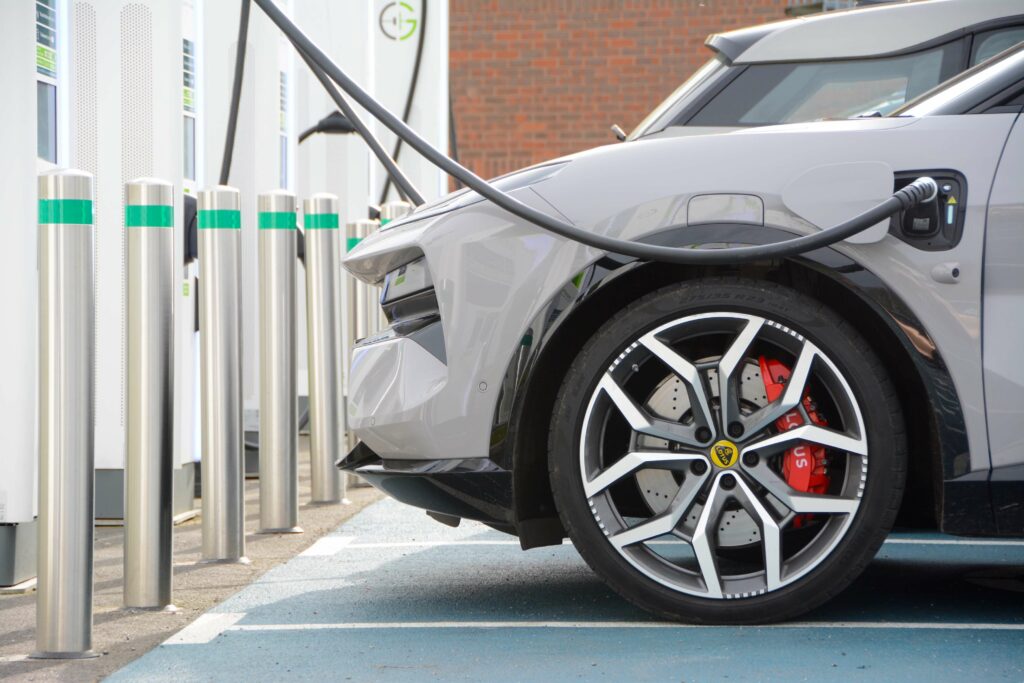The UK Government has relaxed its Zero Emission Vehicle (ZEV) Mandate in a bid to alleviate pressure on British carmakers amid “economic headwinds” and “global economic uncertainty” following the Trump administration’s tariffs.
The announcement provides clarity over the 2030 new car sales deadline, and gives niche manufacturers much-needed breathing space as well as reduced penalties for larger OEMs that fail to meet the CO2 reduction targets.
Despite this, the UK Government has reaffirmed its commitment to the manifesto pledge of banning the sale of new petrol and diesel cars by 2030, following a two-month consultation. This was reiterated by Prime Minister Keir Starmer during a visit to Jaguar Land Rover’s Gaydon headquarters on April 8, 2025, where he remarked: “I believe that British car companies should be at the forefront of the electric revolution… I think EV targets are a good thing.”

A sliver of hope for ICE enthusiasts lies in the Government’s definition of hybrid vehicles, which can still be produced until 2035. This includes full hybrids such as the Toyota Prius and plug-in models such as the BMW 3 Series 330e M Sport. Unfortunately, mild hybrids may still face extinction under the mandate.
There’s plenty of good news for the UK’s low-volume manufacturers, because the updated mandate grants exemptions to small and micro-volume makers, including Morgan, Caterham, Ariel, Aston Martin, McLaren and Lotus.
OEMs producing fewer than 1000 cars annually (MVMs) are fully exempt from the 2030-2035 hybrid rules, while small-volume marques (SVMs), producing between 1000 and 2499 vehicles per year, will only need to meet individually agreed CO2 reduction targets after 2030.

The Government’s revision of the mandate safeguards low-volume manufacturers’ production of ICE cars beyond 2030 and allows them to avoid the prohibitively expensive costs involved in hastily switching to battery-electric platforms. It’s also conceivable that higher-volume manufacturers with petrol-specific model lines could establish low-volume ICE sub-brands, allowing iconic models such as the Porsche 911 and even the Mazda MX-5 to survive as pure, petrol-powered cars.
For large-volume manufacturers, the Government is reducing penalties for missing ZEV targets. Fines will decrease from £15,000 to £12,000 per non-compliant car and from £18,000 to £15,000 per van. Additional flexibilities include extending non-ZEV to ZEV credit transfers and future borrowing allowances until 2029, helping larger brands such as JLR and Nissan better manage their electrification timelines.
These adjustments reflect mounting political and economic pressures – intensified by global trade uncertainties and pushback from manufacturers – and aim to support the UK’s diverse automotive sector. Further updates can be expected in the coming months.




